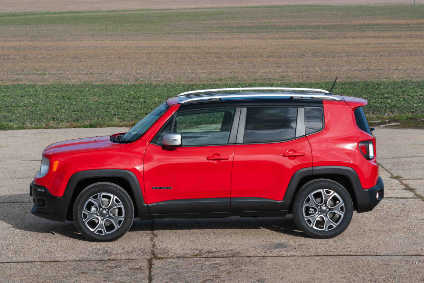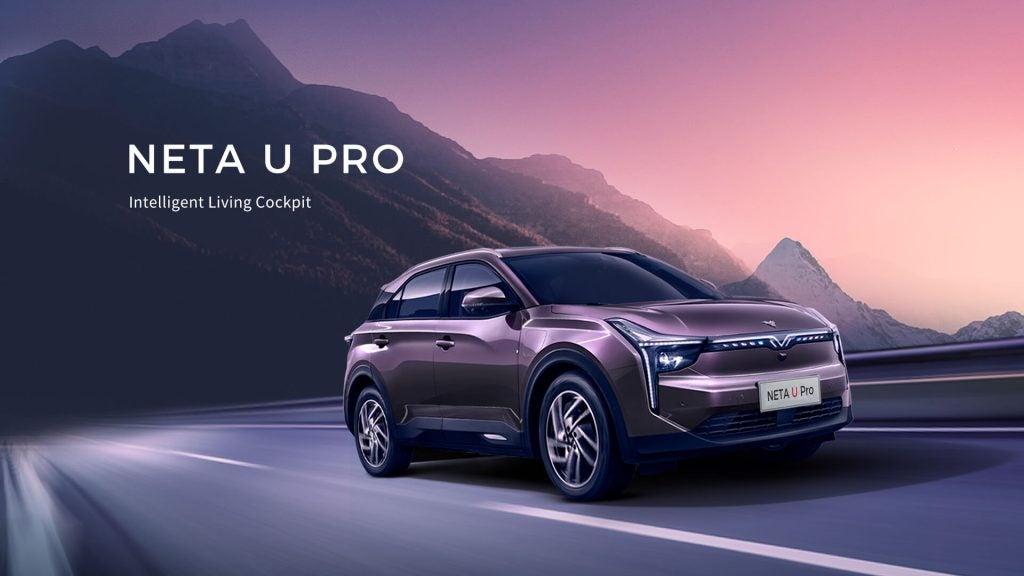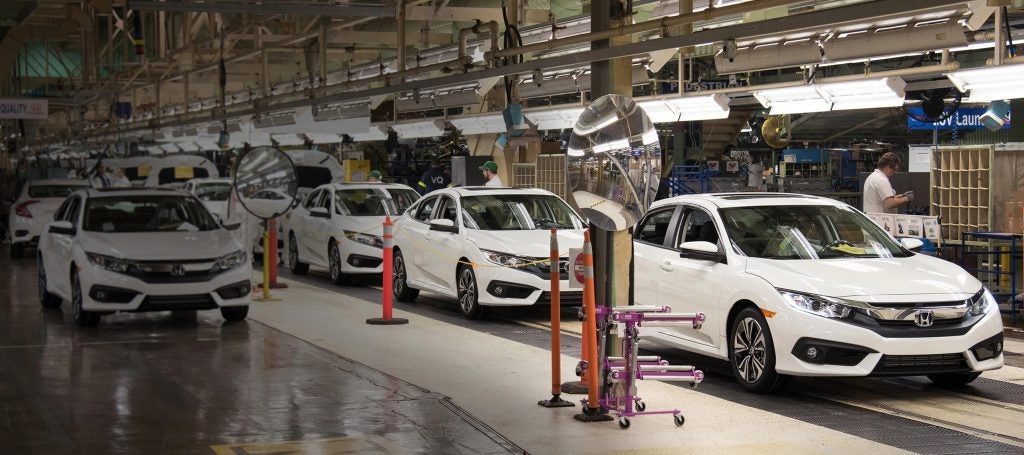
Automakers’ dreams of another record sales year dimmed a bit in August as United States light vehicle sales took a dip, falling 3.5% from the same month last year.
Total deliveries came to 1.5m cars and light trucks which translates to a seasonally adjusted annualised rate (SAAR) of 17m units, a drop of 790,000 from last year’s pace and an 880,000 dive from July 2016.
The sales that were made were pricey: estimated average incentive spending was up 7.7% to US$3,331 (GBP2,510) from last August. Sweetening the pot a little bit was an increase in estimated average transaction prices which rose 2.6% to $34,143 (GBP25,725).
The move to crossovers and SUVs continues. In August, American consumers bought 57,158 more utilities than passenger cars, giving the segment a 41.5% share of the total market. Passenger car market share fell 4.2% to 37.7% of sales.
Total pickup sales rose 0.2% but that was all due to the growth in mid-size trucks. Every full-size pickup missed its mark in August as sales fell 5.6% despite big discounts and incentives.
Sales of mid-size pickups rose 39.2% as buyers switched to more compact, and less expensive, trucks.
How well do you really know your competitors?
Access the most comprehensive Company Profiles on the market, powered by GlobalData. Save hours of research. Gain competitive edge.

Thank you!
Your download email will arrive shortly
Not ready to buy yet? Download a free sample
We are confident about the unique quality of our Company Profiles. However, we want you to make the most beneficial decision for your business, so we offer a free sample that you can download by submitting the below form
By GlobalDataThere weren’t very many winners last month but among those that finished in the black were Jaguar Land Rover, which saw sales soar 46.5%, and Volvo with a gain of 30.9%. Subaru rode a 14.7% increase into an all-time monthly sales record.
Audi had its second-best US sales month in history and set another monthly sales record. Hyundai squeaked into another record by three sales as its new Genesis brand made its debut.
Mercedes-Benz had its all-time best August even though it finished third in the premium segment, trailing Lexus and BMW. Mercedes still has a solid lead in year-to-date (YTD) sales but Lexus has now slipped past BMW as the runner-up.
Fiat Chrysler was the only one of the Detroit Three to come in ahead of last year’s totals. Sales were up 3.1% due largely to Jeep which remains the top brand in the utility segment.
Ford took its biggest hit in several years as drops in car, utility and F-series pickup sales wiped out gains in commercial vans and the Lincoln brand.
General Motors continues to sacrifice volume for profit as it trims fleet sales. August deliveries fell 5.2% and GM sales volume is in the red for the year
FCA had the highest percentage of fleet sales in August with 23.7%. Ford was next at 21.5% while GM fleet deliveries accounted for 17% of its total turnover.
With the exception of Subaru, the Japanese automakers missed their numbers. Shortfalls ranged from Honda’s 3.8% to Mazda’s 12.8% deficit.
Hyundai’s record was wiped out by a big drop in Kia sales.
The European automakers were the only group to beat their 2015 numbers, thanks to Jaguar, Land Rover, Mercedes-Benz and Volvo. Maserati was the big loser for the month with a 23.1% plunge. It has got to be hoping that the new Levante SUV, which went on sale in the US last month, can make up for a big slump in sales of the Ghibli.
With the August slump, total light vehicle deliveries for the first two-thirds of the year are just a half-percent ahead of 2015. It’s quite possible that come the end of December, automakers will have had their first down year since 2009.
Historically there has been a correction in every decade. US vehicle sales were already declining from their 2000 peak when the bottom dropped out in 2009. Fortunately, crashes like the industry saw then are comparatively rare and the industry has taken steps to mitigate the effects of a moderate downturn.







